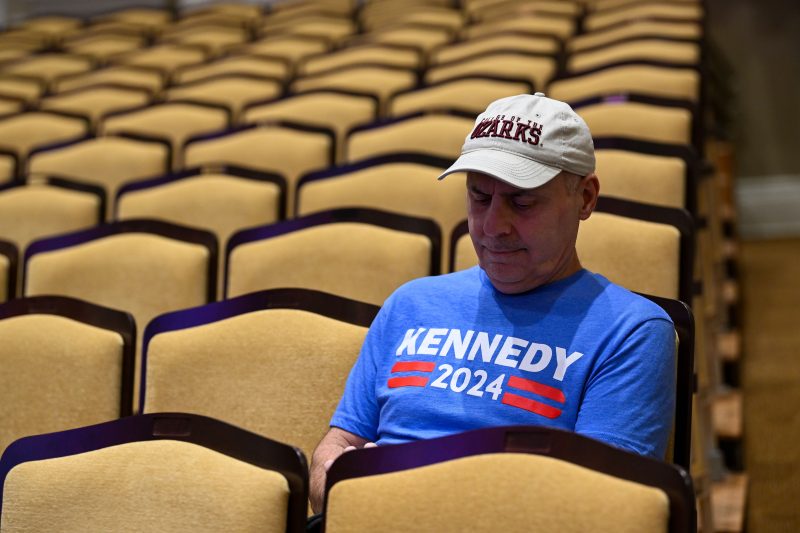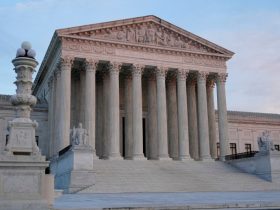It seems increasingly likely that Robert F. Kennedy Jr.’s odd, doomed bid for the presidency is nearing its end. His running mate made clear on a podcast this week that the candidate was exploring throwing his support to former president Donald Trump, an idea confirmed by Washington Post reporting. If it happens, it might be on Friday in Arizona, where both men are scheduled to hold events.
From Kennedy’s perspective, the move makes sense. He doesn’t have much support in national polling and has struggled to make it onto state ballots. But the single-digit support he has might be useful to Trump or to Vice President Kamala Harris, given the closeness of the race. Why not see if either more-viable candidate wants to make commitments aligned with Kennedy’s agenda in exchange for his voters?
The question, of course, is how many of those voters Kennedy could actually deliver? How many of them, instead, would simply stay home?
This is a hard question to answer, certainly, in some of the same ways that “what happens if Harris replaces President Joe Biden as the Democratic nominee” was a month ago. Changes in the race often mean changes in how voters respond to the race. In mid-July, Harris wasn’t much more popular than Biden. Now she very much is.
Measuring what might happen with Kennedy’s support is trickier in part because there simply aren’t that many Kennedy supporters.
We know that the transition from Biden to Harris cut into his support significantly, in part because more voters seemed to be taking the contest seriously, and in part because some of his support was rooted in people who disliked both Biden and Trump. With Biden out, many of them shifted to Harris.
You can see that in Pew Research Center’s polling released last week. In July, Trump had a lead over Biden, with Kennedy earning the support of nearly 1 in 6 respondents. In the new poll, Harris is up — and Kennedy’s support has been cut in half. Of those who supported Kennedy in July, 4 in 10 shifted to Harris (compared with 2 in 10 who switched to Trump).
That could suggest that more of what’s left of Kennedy’s support is aligned with Trump, meaning that a Kennedy withdrawal might boost Trump anyway. But we do have some data to suggest what a Trump-Harris contest might look like: polls that include both a head-to-head and multicandidate question.
The Washington Post, working with ABC News and Ipsos, released just such a poll over the weekend. Harris has a three-point edge over Trump among registered voters when Kennedy is included — and a four-point edge when it’s just her against Trump. Our poll included a small number of Kennedy supporters (again, because he doesn’t have that much support) but they were more likely to view Harris favorably (29 percent) than Trump (15 percent). They were also more likely to view Trump strongly unfavorably; 41 percent did.
What many of them might do, then, is simply stay home. If you are supporting Kennedy in part because you don’t like Harris or Trump, perhaps you will be compelled by Trump’s promise to include Kennedy in his Cabinet or give him some government position where he can do whatever it is he thinks needs to be done. Or maybe you’ll just make a sound of frustration and write the whole thing off. That’s one of the challenges of being the outsider candidate: Moving to the inside isn’t necessarily what your supporters want to see.
Perhaps the most important point of consideration here, again, is that there simply aren’t that many Kennedy supporters. If Trump picks up fully half of them, it adds a few points to his national support and, according to 538’s average, still has him trailing Harris. Making the announcement Friday might be an effort to step on any improvement Harris sees from the convention but, it’s not as though Kennedy has a big base or is viewed with broad favorability by Americans. (Among those with an opinion, he’s viewed more negatively than positively by a six-point margin in 538’s average.)
At the end of the day, it would still a good move for Kennedy. How good a move it might be for Trump remains to be seen.








